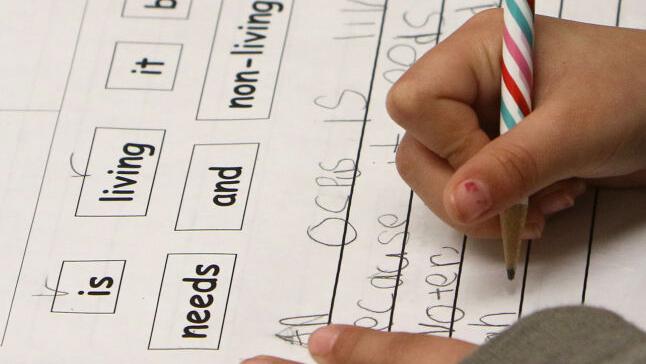PHOENIX — More than half the school districts in Arizona spent a smaller percentage of their dollars in classroom instruction in the last school year than the year before, according to a new report.
Overall spending on instruction among all the districts in the state increased by more than $377.5 million, figures from the Auditor General’s Office show.
But while there was more money in the system, some of that due to federal COVID funds, the report says that just 54.5 cents of every dollar was spent in the instruction category. That covers everything from teachers and aides to instructional supplies, field trips and athletics.
That is down eight-tenths of a cent on a statewide basis from the prior school year, and more than 4 percentage points from the high in the 21 years the state has studied the trend.
The results of the annual report have played a role in the perennial debates at the Legislature about whether the dollars being allocated actually are getting into the classroom.
And this one comes as the House is set to debate whether to allocate $700 million for a $10,000 raise for teachers even as some foes say they want that linked to both assurances the dollars will make it into the classroom as well as accountability to know that it will improve academic outcomes.
The new report also references that last issue.
It notes that prior to COVID, 42% of students got passing grades in state assessment in math. Last year it was 33%.
Results for English language arts have been pretty steady at about 40%.
But performance in science went from 51% of students passing in the 2018-2019 school year to just 24% last school year.
One important note is that 54.5% figure does not represent everything devoted to services provided to students.
Student support, the costs of counselors, audiologists, speech pathologists, nurses, social workers and attendance services, ate up another 9.2 cents of every dollar. Add to that another 5.8 cents for instruction support which includes librarians, teacher training, curriculum development, special education directors, media specialists and instruction-related technology services. That gets to 69.5 cents on each dollar.
Of the balance, the largest share — 11.3 cents — is for utilities, building maintenance, grounds keeping and security.
There’s another 10.2% for administration, starting with the school superintendent and principals along with business managers, clerical and accounting staff and human resources.
That leaves 4.7 cents for food services and 4.3 cents for maintaining and operating the buses to get students to and from school and activities.
On that question of teacher pay, the report also contains data showing that average teacher pay in Arizona hit $58,366 last school year. And that is the equivalent, on average, of a 20.7% increase since the 2016-2017 school year, much of that fueled by COVID relief dollars.
That word “average” is significant.
Salaries overall dropped in the past year in more than a quarter of the districts, Melanie Chesney, the deputy auditor general, wrote in the report.
Some of that, she said, could be because districts used the funds earmarked for teacher pay hikes for other purposes.
“It is not possible to track exactly how districts spent the additional monies because they were mixed with other district monies,” Chesney wrote.
“Further, there was no (legal) requirement that districts spend these additional monies on teacher salaries,” Chesney wrote. “Rather, districts could have spent these monies in different areas or on other needs.”
But Chesney said there’s something else at work in changes — and overall reductions — in how much teachers are paid: changes in teacher population.
“For example, most districts that had a decrease in average teacher salary also employed, on average, less-experienced teachers than in the prior fiscal year,” the report says. And less-experienced teachers are often paid less than their more senior colleagues.
That is backed up by the fact that there was a slight decrease in the past year in the number of years of experience for the average teacher statewide. And nearly one out of every five teachers have been in their jobs for three years or less.
School children at Manzanita Elementary School north of Tucson dash into fresh snow on the playground on March 2, 2023. Courtesy of Tiffany Wiley





